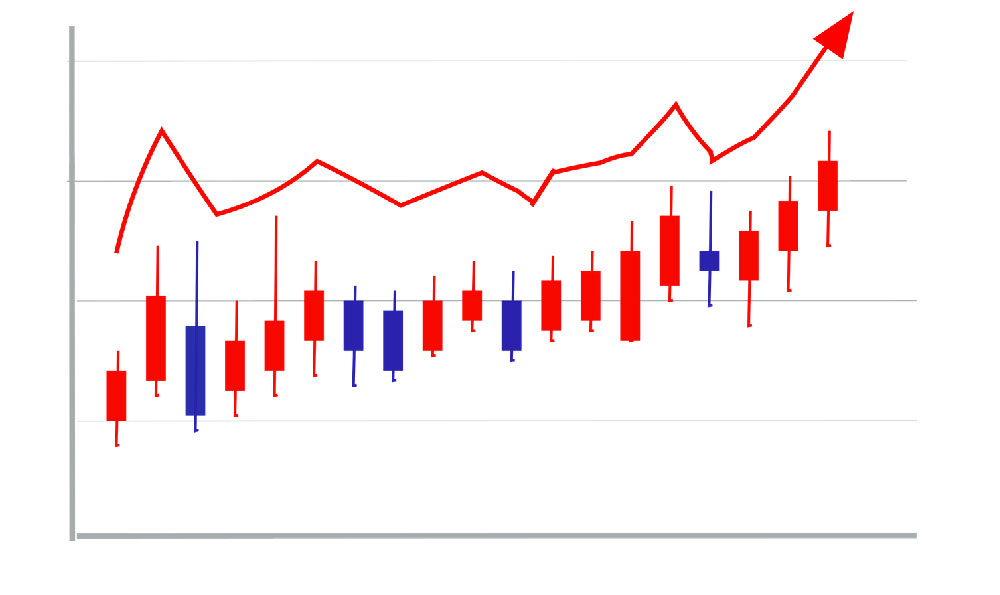
Amazon, the ubiquitous online retailer and technology behemoth, is a company often associated with immense scale and sprawling influence. Understanding its financial performance, particularly the distinction between its revenue and profit, is crucial for investors, analysts, and anyone interested in the dynamics of the global economy. While revenue paints a picture of the sheer volume of sales, profit reveals the true profitability of those operations.
Amazon's annual revenue is staggering. For years, it has consistently topped lists as one of the highest-grossing companies worldwide. Revenue represents the total value of goods sold and services provided. This includes everything from online retail sales, commissions from third-party sellers, revenue from its cloud computing arm (Amazon Web Services or AWS), subscription fees from Prime members, advertising revenue, and sales of its various hardware devices like Kindles and Echoes. The sheer breadth of Amazon's business ventures contributes to its massive revenue stream. Year after year, the revenue figures climb impressively, reflecting the company's success in expanding its customer base, diversifying its product offerings, and penetrating new markets. Amazon's relentless focus on customer experience, coupled with its vast logistical network, has allowed it to capture a significant share of the global e-commerce market.
Profit, however, tells a more nuanced story. While Amazon boasts tremendous revenue, its profitability, or net income, is often comparatively lower when expressed as a percentage of revenue. This is because Amazon strategically prioritizes long-term growth and market share over immediate profits. The company reinvests heavily in research and development, infrastructure, and acquisitions. These investments, while expensed, are designed to fuel future growth and maintain its competitive edge. A prime example of this is the significant investment in building its vast warehouse and logistics network, which while costing billions upfront, allows for faster delivery times and improved customer satisfaction, ultimately driving long-term sales. Similarly, the heavy investment in AWS, its cloud computing division, has been instrumental in its overall success. While AWS requires significant capital expenditure, it has become a highly profitable segment, demonstrating the long-term payoff of Amazon's investment strategy.

The difference between Amazon's revenue and profit lies in the company's deliberate business model. While many companies focus on maximizing short-term profits, Amazon has consistently chosen to invest heavily in expanding its business and capturing market share. This involves a range of expenses, including the cost of goods sold, operating expenses (such as marketing, sales, and administrative costs), research and development expenses, and depreciation and amortization of its assets. The costs associated with running its vast logistics network, maintaining its data centers, and developing new technologies all contribute to the difference between revenue and profit.
Another important factor to consider is the nature of Amazon's different business segments. While the online retail business is a significant contributor to revenue, it often operates on relatively thin profit margins due to competitive pricing and high fulfillment costs. AWS, on the other hand, typically boasts much higher profit margins. As AWS has grown to become a larger portion of Amazon's overall business, it has had a positive impact on the company's overall profitability. The continued growth and profitability of AWS is closely watched by investors and analysts as a key driver of Amazon's financial performance.
Furthermore, Amazon’s profit can be significantly impacted by one-time events, such as acquisitions and investments in other companies. These transactions can result in significant gains or losses, which can either boost or reduce the company's reported net income in a particular year. Therefore, it is important to look beyond the headline profit figure and examine the underlying trends in Amazon's business segments to get a more accurate picture of its financial health.
Understanding the interplay between revenue and profit is crucial for evaluating Amazon's overall financial performance. While the company's enormous revenue underscores its dominance in the e-commerce and cloud computing industries, its profit margins reflect its strategic focus on long-term growth and investment. Investors should consider both metrics, along with other key performance indicators such as customer growth, market share, and cash flow, to assess the true value and potential of Amazon. The company's willingness to prioritize long-term growth over short-term profits has been a key factor in its success, and this approach is likely to continue to shape its financial performance in the years to come. Ultimately, both revenue and profit are essential pieces of the puzzle when it comes to understanding the financial juggernaut that is Amazon. While revenue demonstrates the company's reach and scale, profit reveals the sustainability and efficiency of its business model. By carefully analyzing both metrics, one can gain a more comprehensive understanding of Amazon's financial health and its prospects for future growth.





